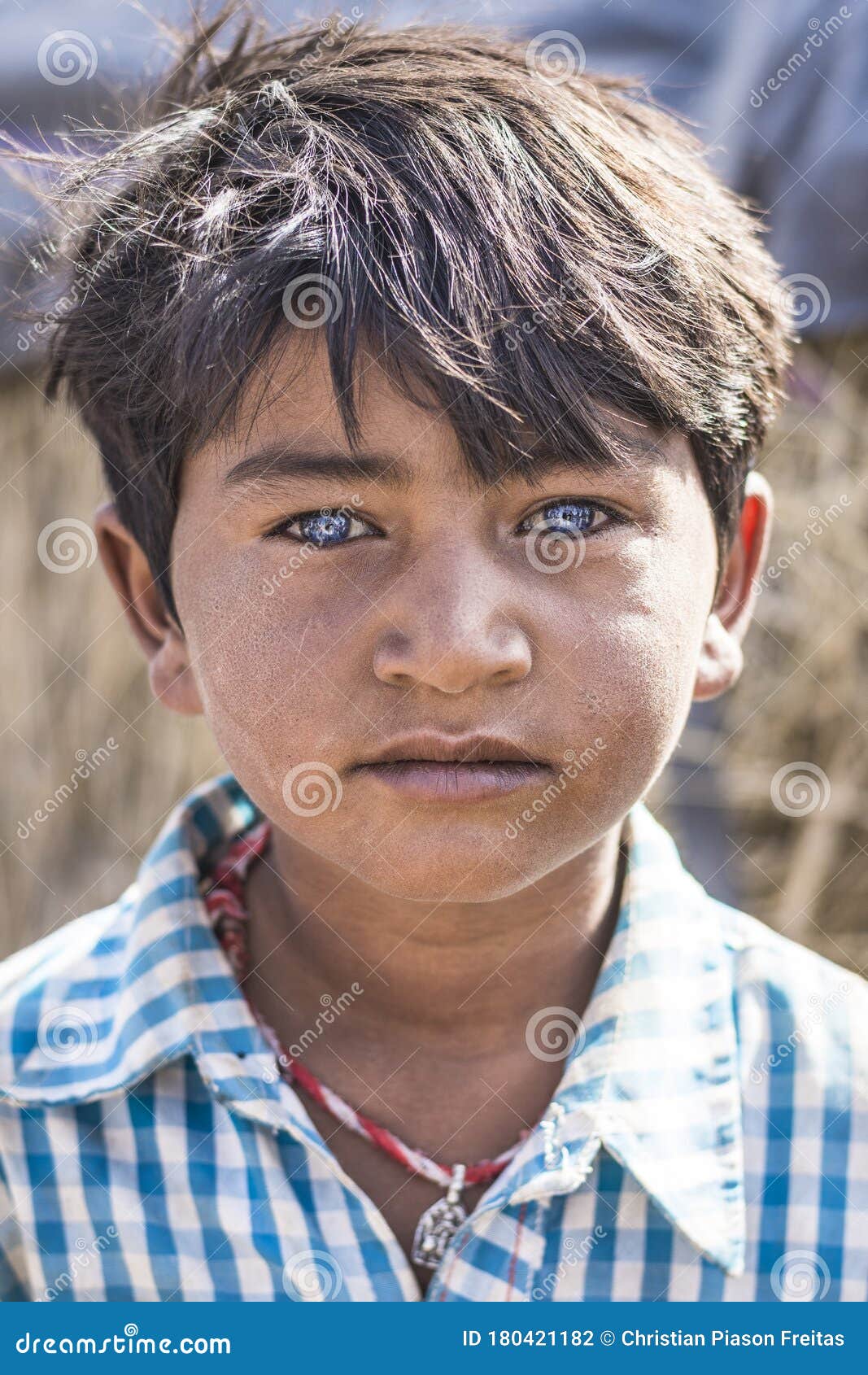The Mystery of Blue Eyes in India: Unraveling the Genetic Tapestry
The Mystery of Blue Eyes in India: Unraveling the Genetic Tapestry

The image of India often conjures up vibrant colors, warm tans, and dark, expressive eyes. But what about the occasional flash of blue, a striking contrast against the usual palette? Do some Indians truly have blue eyes? And if so, how is this possible?
This intriguing question delves into the fascinating world of genetics and the intricate tapestry of human diversity. While blue eyes are less common in India compared to other parts of the world, they are not entirely absent.
Related Articles: The Mystery of Blue Eyes in India: Unraveling the Genetic Tapestry
- Del Lago Resort & Casino: Where Luxury Meets Entertainment In The Finger Lakes
- Can Indians Have Blue Eyes? Exploring The Genetics Of Eye Color
- From Reservation To Boardroom: The Rise Of Native American Entrepreneurs
- The Agua Caliente Band Of Cahuilla Indians: A Tribe Thriving On Innovation And Tradition
- The San Manuel Band Of Mission Indians: A Legacy Of Resilience And Prosperity
The Science Behind Blue Eyes
The color of our eyes is determined by the amount and distribution of a pigment called melanin in the iris. Melanin comes in two forms: eumelanin, which gives brown and black coloration, and pheomelanin, which contributes to red and yellow hues.
Blue eyes are a result of a genetic mutation that occurred thousands of years ago in a single individual somewhere in the Black Sea region. This mutation affected the OCA2 gene, which is responsible for producing melanin. The mutation did not eliminate melanin production entirely but instead reduced the amount of melanin present in the iris, allowing light to scatter and reflect back as blue.
The Journey of Blue Eyes to India
The blue eye gene, known as the "OCA2 gene variant," spread from its origin in the Black Sea region to Europe and beyond, likely through migrations and intermixing of populations.
While blue eyes are primarily associated with European ancestry, their presence in India can be attributed to various factors:
- Ancient Migrations: The history of India is intertwined with migrations from diverse regions, including Central Asia, the Middle East, and even Europe. These migrations brought with them a diverse genetic pool, contributing to the variation in eye color we see today.
- Intermarriage: Over centuries, intermarriage between individuals from different regions has further contributed to the blending of genetic traits, including eye color.
- Genetic Drift: Genetic drift is a random process that can lead to changes in the frequency of genes within a population. In some cases, this can result in the emergence of uncommon traits like blue eyes in specific communities.

The Prevalence of Blue Eyes in India
The prevalence of blue eyes in India is significantly lower compared to European populations. However, it is not uncommon to find individuals with blue eyes in certain communities, particularly in:

- North India: Regions like Punjab, Kashmir, and Himachal Pradesh have a higher incidence of blue eyes compared to other parts of the country. This can be attributed to historical migrations and intermarriage with populations from Central Asia and the Middle East.
- Tribal Communities: Certain tribal communities in India, such as the Naga and the Kuki, have a higher prevalence of blue eyes. This can be linked to their unique genetic history and limited intermingling with other populations.
The Cultural Significance of Blue Eyes in India

In Indian culture, blue eyes are often associated with foreignness and exotic beauty. They can be seen as a symbol of Western influence or a mark of distinction. However, the perception of blue eyes can vary depending on the individual and the context.
Beyond the Color: A Celebration of Diversity
The presence of blue eyes in India is a testament to the rich tapestry of human diversity. It highlights the complex and fascinating interplay of genetics, history, and culture that shapes our physical characteristics.
Instead of focusing solely on the color of someone’s eyes, we should celebrate the unique beauty and individuality that each person brings to the world.
FAQ: Do Some Indians Have Blue Eyes?
Q: Is it possible for Indians to have blue eyes?
A: Yes, it is possible for Indians to have blue eyes. While blue eyes are less common in India compared to other parts of the world, they are not entirely absent.
Q: How common are blue eyes in India?
A: The prevalence of blue eyes in India is significantly lower compared to European populations. It is more common in certain communities, particularly in North India and among some tribal groups.
Q: What causes blue eyes in Indians?
A: Blue eyes are caused by a genetic mutation that reduces the amount of melanin in the iris. This mutation can be traced back to ancient migrations and intermarriage with populations from diverse regions.
Q: Are blue eyes considered beautiful in India?
A: In Indian culture, blue eyes are often associated with foreignness and exotic beauty. However, the perception of blue eyes can vary depending on the individual and the context.
Q: Is it possible to change eye color?
A: Currently, there is no permanent way to change eye color. While colored contact lenses can temporarily alter eye color, they do not change the underlying genetics.
Q: What other eye colors are common in India?
A: The most common eye color in India is brown, followed by black. Other eye colors, such as hazel and green, are also present but less frequent.
Conclusion:
The presence of blue eyes in India is a fascinating reminder of the interconnectedness of human populations and the rich tapestry of genetic diversity. While blue eyes may be less common in India, they are a testament to the complex history and migrations that have shaped the country’s genetic landscape. Ultimately, the color of someone’s eyes should not define their identity or their worth. We should embrace the beauty and individuality that each person brings to the world, regardless of their eye color.

Closure
Thus, we hope this article has provided valuable insights into The Mystery of Blue Eyes in India: Unraveling the Genetic Tapestry. We appreciate your attention to our article. See you in our next article!


